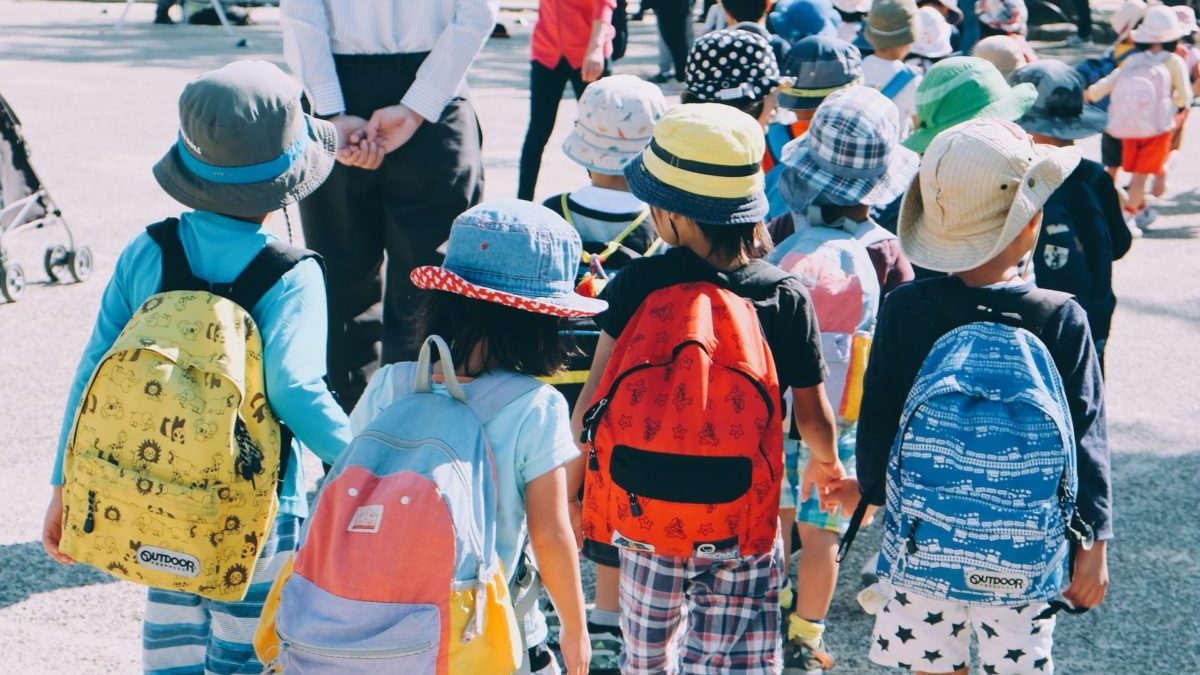EDITOR’S NOTE — Across the nation, children and teens are plagued by a host of escalating tragedies, from substance abuse to suicide, from bullying to gun violence. In this series, we will look at one of the issues facing America’s Endangered Youth and offer ways you and your church can help care for the next generation.
Second amendment debates aside, what are ways to keep children safe at school and church?
On May 24, Salvador Ramos, 18, armed with an AR-style rifle, entered the Robb Elementary School in Uvalde, Texas, and began shooting fourth graders in their classroom. Nineteen children and two teachers lost their lives.
About two months before, Jaylon Palmore, 13, an eighth grader at Ossie Ware Mitchell Middle School, was shot to death as he sat on his front porch in east Birmingham. The drive-by assailants’ bullets that struck him in the abdomen were meant for someone else.
In the United States, one child is shot every hour. Gun violence happens in schools, neighborhoods, stores, theaters, churches and homes.
Annually, more than 3,500 children and teens are shot and killed, and 15,000 are shot and wounded. An estimated 3 million children witness a shooting each year, according to results from the National Survey of Children’s Exposure to Violence.
In 2020, firearms became the leading cause of death for U.S. children and teenagers, replacing car accidents — a statistic that held for 60 years. Firearm-related deaths (for people aged 1 to 19) increased by 30 percent, more than doubling the increase observed in the general population, according to CDC data.
Compared with other wealthy nations, the U.S gun homicide rate for children under the age of 14 is around 20 times higher. For youth between 15 and 24 years of age, the U.S. rate for gun homicide is 49 times higher.
Gun ownership is a constitutionally protected right in the U.S., and the nation remains deeply divided on which measures to take to curb gun violence. Questions also remain about how to handle the rising mental health concerns, especially as it relates to gun violence.
While political officials debate these measures, parents, grandparents, pastors and teachers can take some commonsense steps to help protect children and youth from active shooters.
Suggestions to consider:
- Consider how to store guns in the home. Both guns and ammunition should be stored safely away from a child’s reach.
- Be aware of guns in other people’s homes. Inquire about guns in the homes of family members and friends before allowing your children or youth to visit.
- Be aware of the threat of domestic violence. If a home is one where domestic violence happens, know that these issues are 500 times more likely to become homicides when a gun is present, according to the American Journal of Public Health.
- Be alert. Teach children and youth to be alert to potential violence, to report to authorities anyone suspicious. When faced with a potential shooter, teach children and youth how to run away, take shelter and hide, barricade entrance doors and call for help.
- Secure all entrances to schools and churches. Upgrade door locks and add deadbolts to the inside of doors and, if possible, install access control systems at building entrances. Reinforce glass in doors making it bulletproof or retrofit door glass with ballistic-grade glazing shields.
- Consider developing a neighborhood watch-style system at school with parents as volunteers. The daily presence of concerned parents could keep potential shooters away.
- Place heavy furniture or barriers inside classrooms. These can be used to barricade the door to shield students from an active shooter.
- Advocate for improved social media monitoring and closely monitor your children’s involvement and posts. If you read posts that threaten violence, alert authorities immediately.
- Check the security measures put into place by your children’s schools, playgrounds, community parks and churches.
- Make sure to have adequate adult supervision where children and youth gather. Know where your children and youth are at all times, and get to know their friends, classmates and peers. Decrease or eliminate the amount of time your child or teen spends watching or playing violent video games and films. Keep communication lines open with your children.
- Provide professional counseling for those children and youth who have been injured by gun violence or who have witnessed it.
Resources:
- To learn more about gun safety, visit here.
- To learn more about gun safety in the home, click here.
- To read more about Firearm Violence Prevention (CDC), see these fast facts and these words on prevention.
- To learn more about “ghost guns,” see this resource.
- To learn more about military-style rifles, see this link.
EDITOR’S NOTE — Across the nation, children and teens are plagued by a host of escalating tragedies, from substance abuse to suicide, from bullying to gun violence. In this series, we will look at one of the issues facing America’s Endangered Youth and offer ways you and your church can help care for the next generation. This article was written by Denise George, and was originally published by The Baptist Paper.






